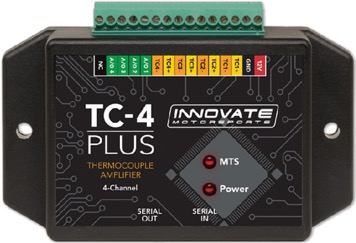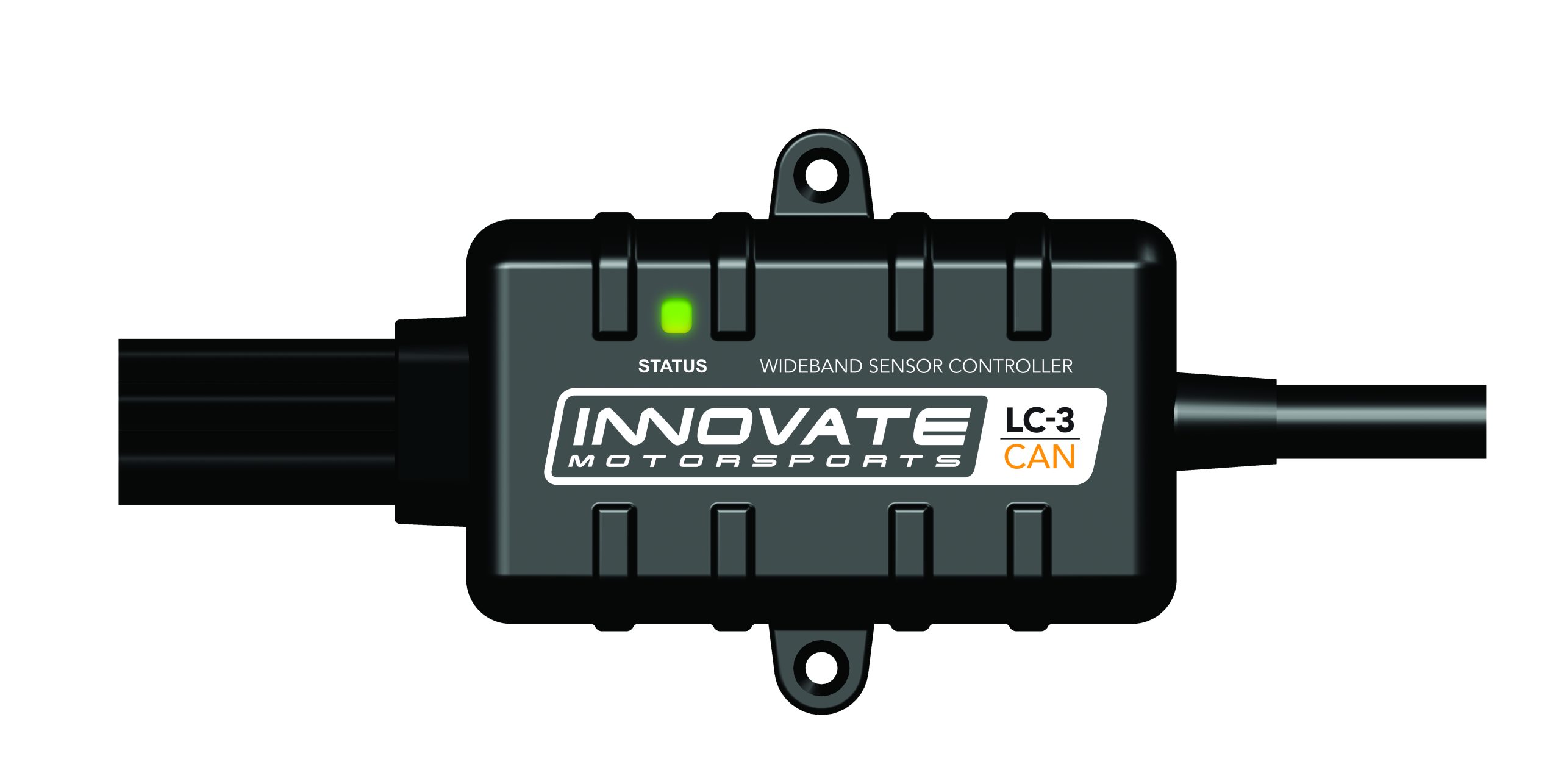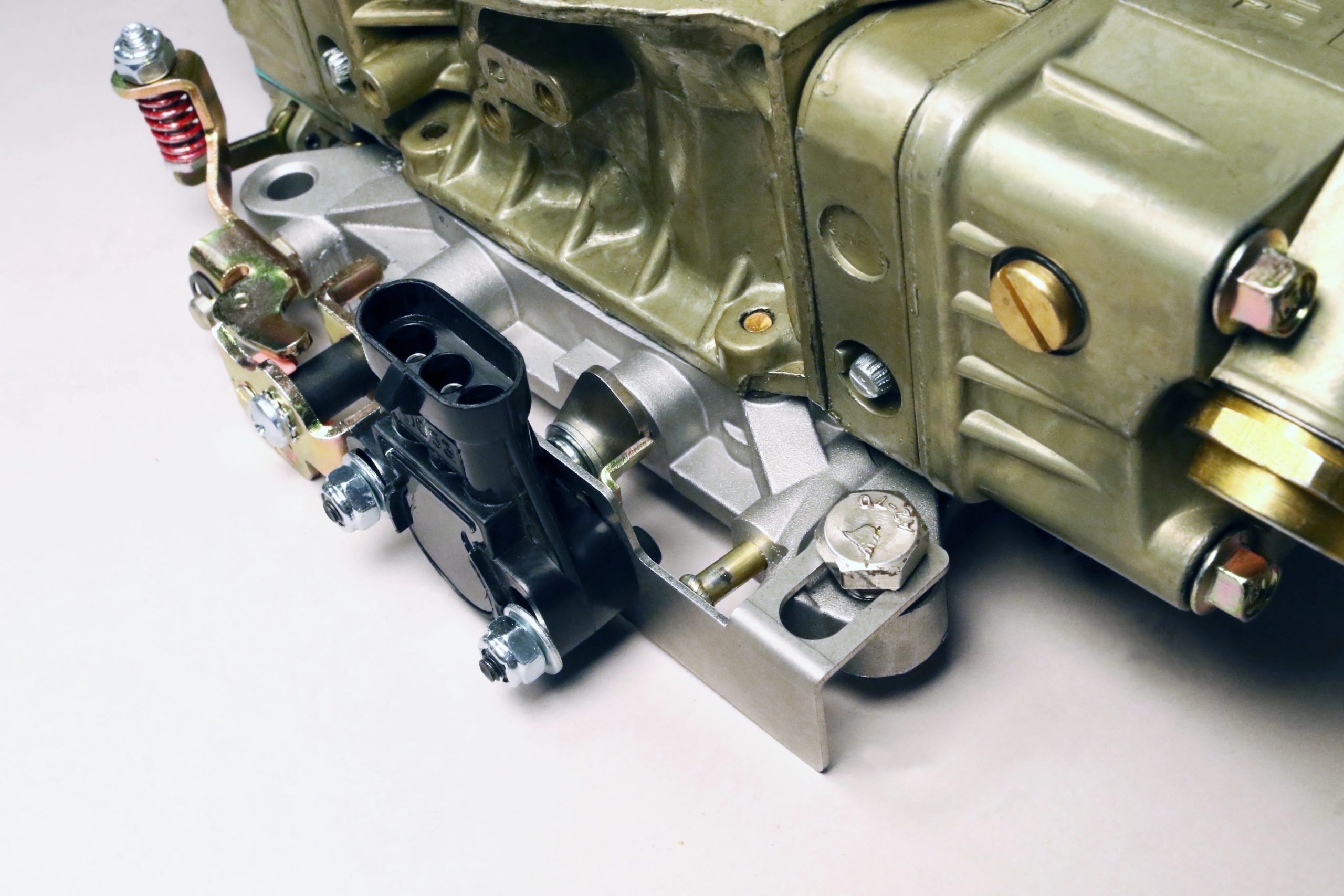Datalogging is critical to determining how your car runs on track. Here are a few clever ideas of driving parameters you may have never thought recordable.
Peek behind the scenes with any successful racing team, and you’ll find one consistent factor: No matter whether it’s NASCAR, drag racing, time attack, Formula 1, or even the Unlimited class at the Reno Air Races, the crew chiefs and shot callers will be awash in data collected over countless test laps and rounds of competition. Even in something as straightforward as Summit Series bracket racing, good data (and the ability to interpret it) is often the difference between writing a social media post about going home early and writing “for deposit only” on the back of a giant novelty check.
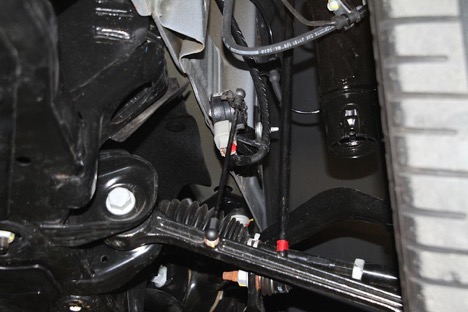
But data logging has evolved far beyond the days when penciled entries in your logbookwould suffice, and it seems like everyone is running some form of multi-channel digital datalogger to track engine RPM, speed, air/fuel ratio, and the other obvious data points. How can you get the edge on the competition in an environment where everyone is already putting the data coming out of their engine management system under a microscope?
Fortunately, through modern datalogging systems like Innovate’s PL-1 Pocket Loggerand SSI-4 Plus sensor interface an incredibly broad range of different sensors with pulsed or 0-5 Volt output can be monitored, recorded, and translated into faster lap times or lower e.t.s. It might seem clichéd, but what can be done is really only limited by your imagination.
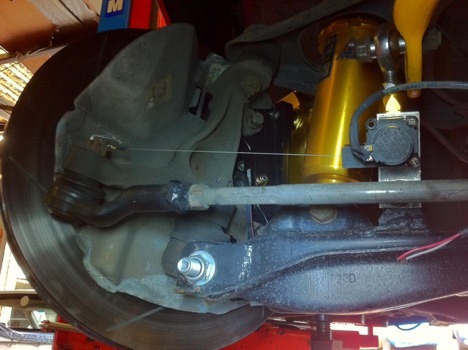
Going The Distance
Let’s say you’re a drag racer, and you’re running a car in a radial class, setting up your rear suspension to extend and load the tire as you launch. You might find it useful to know just how much the rear axle was moving relative to the body of the car as you applied power at the starting line. A pair of linear potentiometers mounted between each side of the axle and the frame that convert position into a 0-5V signal would give you that data, as well as show you how torque is twisting the suspension of the car, relative to the body.

Potentiometers connected to the suspension are so useful, in fact, that the MagneRideautomatic adaptive suspension system in late-model vehicles like the C7 Corvette Z06 and ZR1 and the newest Mustang GT rely on them for suspension position input to control damping response, and even the 5th gen Camaro Z/28 employs them alongside conventional shock absorbers to provide feedback to the engine control computer to enable what they’ve dubbed “Flying Car Mode” – a bit of computer code that tells the ECU not to cut power when the car momentarily leaves contact with terra firma during a fast Nurburgring lap.
Going back to our hypothetical drag radial car, you probably want to track front suspension travel with linear potentiometers as well, but what happens when the car lifts the wheels and the struts are topped out? That’s where logging the output from a laser, infrared, or ultrasonic ride height sensor can give you useful data, providing a distance reading from the sensor to the ground below. If you’re running wheelie bars, a strain gauge mounted to the frame will tell you how much pressure is being applied, and dual gauges will show whether the bar is ‘steering’ the car as it leaves the line.
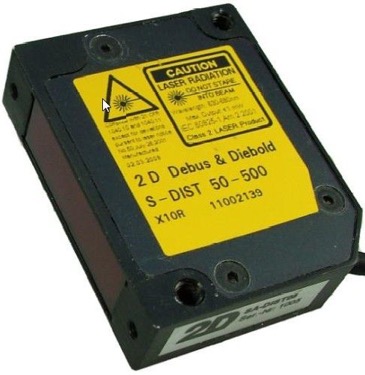
Innovative Datalogging
One offbeat potential application for a 0-5 Volt sensor can be found in Innovate’s LogWorks3 manual, which suggests a way to use a throttle position sensor as a way to measure dynamic downforce. By connecting the TPS to the center of a chassis-mounted anti-roll bar, then calibrating the sensor’s travel by placing specific weights on the car over the axle and measuring the resulting output, you’ll have a clever way of determining how much aerodynamic force is acting on the suspension while the car is in motion. Since the anti-roll bar twists in response to side-to-side cornering loads (leaving the center relatively motionless) but rotates in its mounts on the chassis only when both sides of the car are evenly loaded, this arrangement serves to mechanically ‘filter out’ all input besides bumps that affect both tires at once (a transient signal) and the influence of downforce (a more constant reading).
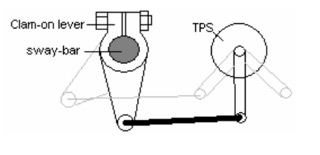
Perhaps the biggest hidden secret of 0-5 Volt datalogging is using a simple voltage divider circuit to step down the car’s nominal 12 or 16 Volt system into the datalogger’s range to accurately track voltage. Whether you run an alternator or a total-loss system, a surprising number of electrical gremlins (second only to the dreaded bad ground) can be tracked to transient voltage dips that you’d never notice while staring at a gauge. Since so many things in a modern race car from the EFI and ignition to fuel pumps and injectors rely on clean, consistent electrical power, many maddening glitches crop up when battery voltage sags, even for just an instant. A good datalogging setup to track the electrical system’s output can point to possible causes (and fixes) and save countless hours of head-scratching at the track.
So Hot Right Now
Temperature readings are low-hanging fruit for datalogging, and we’ve sung the praises of exhaust gas temperature sensors before. If you’re datalogging engine parameters, you’re undoubtedly tracking coolant, oil, intake air, and maybe even cylinder head temperature. But there are plenty of other uses for thermocouples in and around the engine bay, like using a pair on the inlet and outlet of an intercooler to track efficiency and heat soak via the temperature differential.
Speaking of differentials, road racers can track transmission and final drive fluid temperatures with datalogged thermocouples to stay a step ahead of potential catastrophic failure from overheating. Logging automatic transmission fluid temperature is also a no-brainer for drag racing, pulling, and off-road applications, especially in situations where a “loose” converter or a trans-brake setup can cause ATF temperature to soar as quickly as 100 degrees F per second under heavy load.
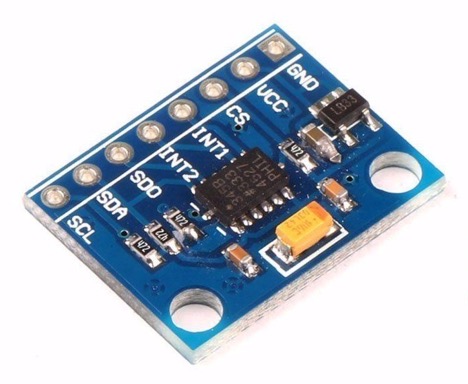
There are also some heat sources that can’t be measured with contact sensors – things like brake rotors and tire tread faces. In order to track their temperature, permanently mounted infrared sensors that use the same technology as the handheld “thermometer guns” everyone carries in their toolbox are the solution. For example, a single 4-channel sensor interface and four narrow-view IR sensors per corner can log brake rotor temperature plus temperatures across the tire face at three locations (typically the center plus outer and inner edges) for each wheel. The data from these temperature sensors will reveal not only how much each rotor is being utilized under braking, but will also provide insight into the suspension setup – if the tire camber or other alignment settings are out of whack or tire pressure is off, a strong temperature gradient across the face of the tire will reveal it.
Pulse Rate
In addition to being able to read 0-5 Volt sensors, Innovate’s SSI-4 Plus can also be used for pulsed reference sources that output a variable-frequency signal. You’ll most commonly see this function used to track engine RPM from the tach output of an ignition box, but with a little bit of creativity the same technique can be used to track just about anything that rotates, from non-driven wheel speed to calculate miles per hour to turbocharger RPM.
One very common application is through the use of a Hall effect sensor combined with one or more magnets mounted to the driveshaft to record the transmission output RPM. By comparing this to engine RPM and doing a bit of math to account for transmission gear ratios, it becomes a tool to analyze how much clutch slip is occuring, or figure torque converter efficiency. Comparing driveshaft RPM readings with vehicle speed gets you insight into percentage of tire slip – a critical bit of performance data for drag racers running bias-ply slicks that work best with a certain, small amount of extra wheel rotation in relation to forward motion.
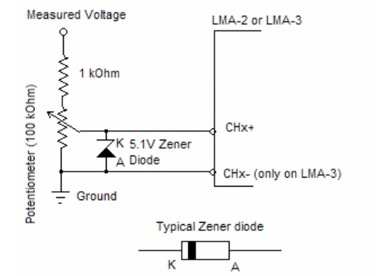
What Do You Want To Know?
These are just a few examples of the ways racers and tuners are using creative datalogging to up their game. If it rotates, moves, changes pressure, heats up, or cools down, there’s an off-the shelf solution to measure it, and thanks to companies like Innovate, it’s easier than it’s ever been to record those measurements and integrate the information with engine management systems. The question is whether you’ll take advantage of the technology, or rely on guesswork and trial-and-error. We know what your competition will choose…
